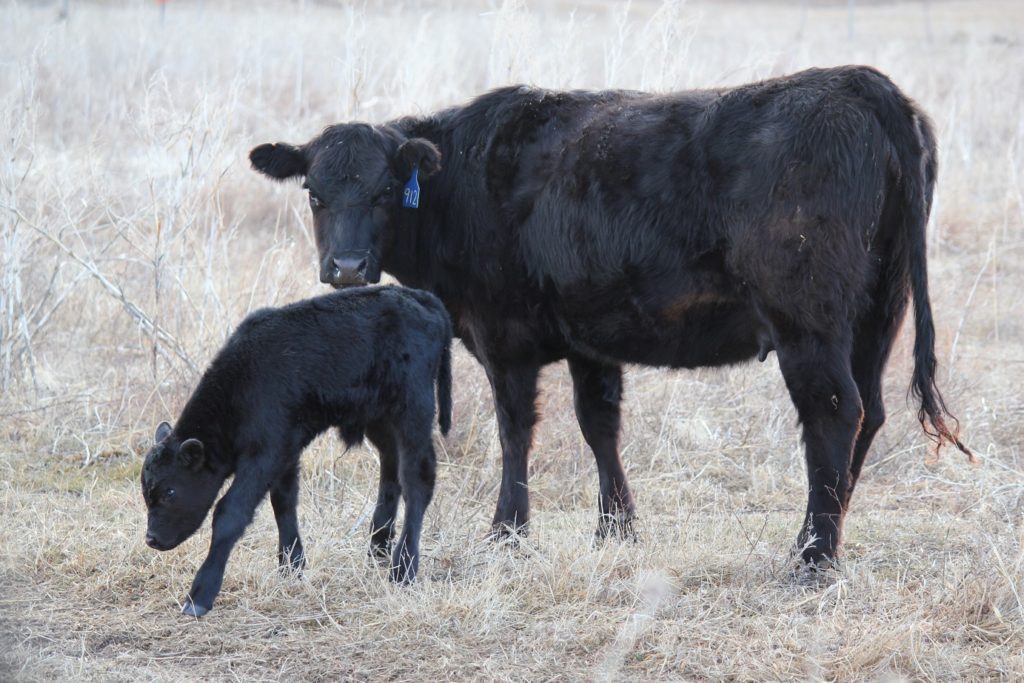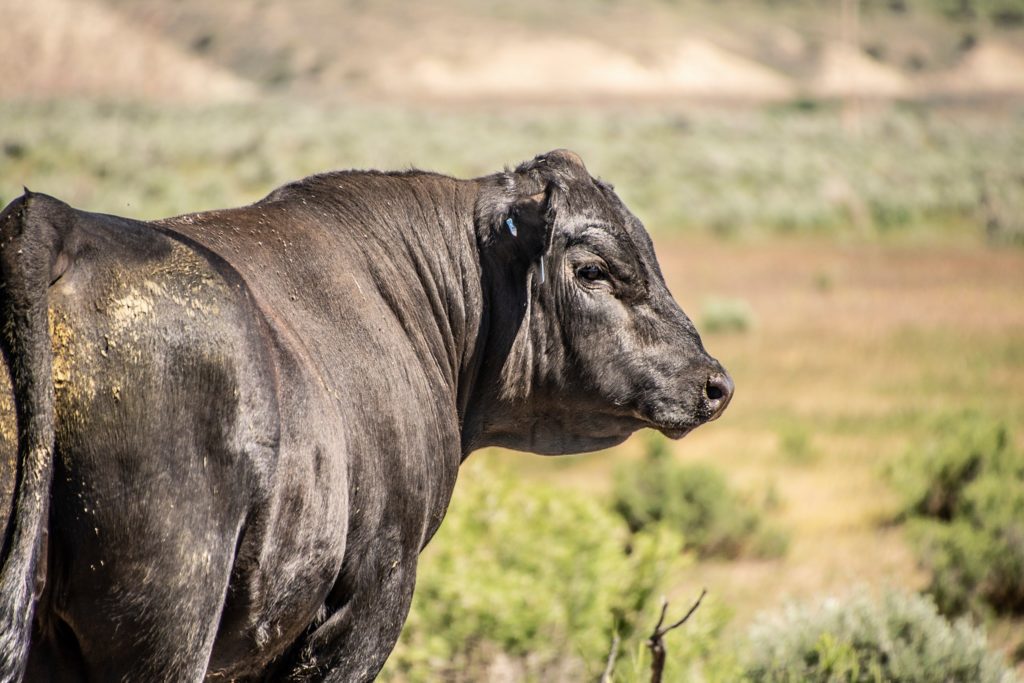Beef cows must recover from the nutrient and physical demands of calving and lactation and will have 80 to 85 days to return to estrus after calving to potentially maintain a yearly calving interval.
As calving season is kicking off for many producers, we need to start thinking about how to manage cows during the early postpartum phase for a successful breeding season. Due to calving distribution, one thing to worry about is late calving cows and how limited breeding season lengths can be challenging for them. Therefore, effective planning for reproductive health and limiting the impact of anestrus will ensure that cows are set up for the breeding season. By targeting cyclicity early in the breeding season, cows have a greater chance of higher pregnancy rates and therefore increase their opportunity to become pregnant during a limited breeding season.
Managing the Postpartum Interval
Beef cows must recover from the nutrient and physical demands of calving and lactation and will have 80 to 85 days to return to estrus after calving to potentially maintain a yearly calving interval. Failure to successfully manage the postpartum interval (PPI) is one of the major causes of reproductive loss, especially in young cows.
After calving, cows go through postpartum anestrus, a period in which cows do not experience estrous cycles. During this period, the uterus is trying to return to non-pregnant size, shape and position, and repair to support another pregnancy. This process (uterine involution) is completed in approximately 20 to 40 days following calving if no complications arise.
During the first ovulation postpartum, sometimes we see shorter estrous cycles and decreased fertility in those females. Therefore, we need cows to initiate estrous cycles prior to the start of the breeding season to become pregnant. If cows do not exhibit estrous or are still in anestrus, the chances for those females to cycle or get bred early in the breeding season decreases. So how can we manage cows that calve late or potentially are not cycling early enough postpartum?
Body Condition Score Influences Postpartum Interval
Body condition score is an effective management tool to estimate the energy reserves of a cow. Research has shown that body condition at the time of calving has the greatest impact on subsequent rebreeding performance. Therefore, managing nutrient intake and body condition score (BCS) before and after calving contributes to improved reproductive efficiency within a herd. For reproductive success, BCS (on a 9-point scale) should target a 5 to 5.5 for mature females and 5.5 to 6 for first calf heifers by the breeding season.
Several studies indicate that cows that gain a BCS during the last trimester tend to have shorter PPI compared to those that maintain condition. Therefore, nutritional adjustments in the last trimester prior to calving to increase calving BCS could impact reproductive performance and should be part of a nutritional management strategy. More information on how to manage cow BCS and nutrition prior to breeding can be found in “ Body Condition Score and Getting Thin Cows to Rebreed.”
How to move up late calving cows in the breeding season?
Utilizing a controlled intravaginal drug release (CIDR), which is a slow-release progesterone device, is a common estrus synchronization tool that can be used to “jump start” the cycle of late calving cows or manipulate the cycle in cows and heifers. Research has shown that inserting the CIDR no sooner than 20 days post calving can initiate cycling earlier than may occur naturally. Even if artificial insemination is not being utilized, estrus synchronization can help decrease the PPI of thin BCS cows in the breeding season.
One resource that allows producers to generate calendars specific to timing of synchronization drugs, CIDR insertion and removal, and when to artificially inseminate is the Estrus Synchronization Planner. Another resource that allows producers to evaluate cost associated with different protocols and breeding decisions would be the Breeding Cost Cow-Q-Lator.
Overall, evaluating body condition prior to calving and through the breeding season will allow producers to make appropriate nutritional changes to ensure those females are in adequate condition for the next breeding season. Optimal reproductive performance of your cow herd requires that cows target a BCS of 5 or better. For early postpartum cows, utilizing estrous synchronization tools that include a progestin may be advantageous.
SOURCE: Kacie McCarthy, UNL Cow-Calf Specialist, Institute of Agriculture and Natural Resources UNL BEEF
PHOTO CREDIT: Troy Walz.











